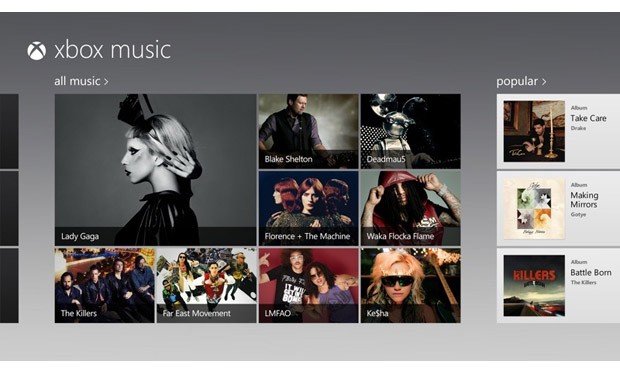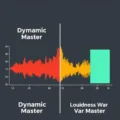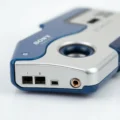Ever found yourself wondering how some voices on your playlist sound impossibly perfect, or perhaps distinctly, intentionally digital? You’re likely experiencing the pervasive influence of Auto-Tune. This groundbreaking audio technology, far from being conceived to make robots sing, emerged in the late 1990s with a rather humble ambition: to serve as a discreet, almost invisible tool for gentle pitch correction. Its initial design aimed to subtly nudge slightly off-key notes back into harmonious alignment, ensuring vocal tracks sounded polished without anyone detecting a technological intervention.
But then came 1998, and with it, a sonic earthquake: Cher’s global smash hit, “Believe.” This wasn’t just another song; it was a watershed moment. While Auto-Tune had been quietly working its magic in studios for a short while, “Believe” thrust it into the spotlight by deliberately transforming its corrective artifacts into a bold, expressive effect. The now-iconic robotic, vocoder-like vocal texture wasn’t a flaw; it was a deliberate artistic choice, impossible to ignore. Suddenly, everyone heard it, and the world of music was irrevocably altered.
Curious to see a quick visual summary of this pivotal shift? Our recent YouTube Shorts video offers a vibrant, concise dive into Auto-Tune’s transformation. Take a moment to watch it here:
As our short perfectly encapsulates, “Believe” didn’t just showcase Auto-Tune’s potential; it opened the floodgates, transforming a hidden fix into a powerful, even controversial, artistic statement. This wasn’t merely about correcting pitches anymore; it was about reshaping vocal aesthetics and, quite literally, becoming an instrument in its own right. Let’s explore the fascinating journey of this revolutionary technology.
Table of Contents
The Genesis: A Technical Necessity for Perfect Pitch
Before Auto-Tune became a household name, the challenge of achieving perfect vocal pitch in recordings was a significant hurdle. Singers, even the most seasoned professionals, occasionally hit notes slightly sharp or flat. Correcting these imperfections traditionally involved time-consuming re-recordings or intricate, often audible, manual splicing and editing of tape. The demand for a more efficient and seamless solution was clear.
Enter Dr. Andy Hildebrand, a scientist with a fascinating background in geophysics. After a career in the oil industry, where he developed techniques to interpret seismic data using autocorrelations (a mathematical process for analyzing patterns), Hildebrand founded Antares Audio Technologies. He applied his knowledge of digital signal processing to audio, conceiving a tool that could detect and correct pitch in real-time. In 1997, Antares released the first version of Auto-Tune, a discreet plug-in for professional audio workstations.
Its initial design was remarkably subtle. It employed a phase vocoder to analyze the incoming audio signal’s pitch and then gently shift it to the nearest perfect semitone, based on a user-defined musical scale. The goal was transparency – for the listener to remain completely unaware that any correction had taken place. It was a utility, a cleanup tool for engineers seeking perfection without artifice.

The “Believe” Moment: Auto-Tune Steps into the Spotlight
The quiet revolution of Auto-Tune exploded into public consciousness with Cher’s iconic 1998 song, “Believe.” Produced by Mark Taylor and Brian Rawling, the track deliberately pushed Auto-Tune beyond its intended corrective purpose. Instead of merely smoothing out Cher’s vocals, the settings were exaggerated, forcing the pitch correction to be highly noticeable, creating a distinct, almost robotic warble. This wasn’t a mistake; it was a calculated artistic decision to give Cher’s voice a futuristic, detached quality that perfectly complemented the song’s synthetic dance-pop production.
The effect, initially dubbed the “Cher effect” or “Robot Voice,” became an instant talking point. Critics were divided, but the public was fascinated. “Believe” became one of the best-selling singles of all time, and in its wake, countless artists and producers began experimenting with Auto-Tune not as a hidden fix, but as a bold, undeniable artistic choice. This single track transformed Auto-Tune from a behind-the-scenes utility into a powerful, front-and-center vocal effect, opening up entirely new sonic possibilities.

Auto-Tune as an Artistic Instrument: The T-Pain Era and Beyond
While Cher introduced the world to Auto-Tune as an overt effect, artists like T-Pain propelled it into a foundational vocal texture. Starting in the mid-2000s, T-Pain (Faheem Rashad Najm) didn’t just use Auto-Tune; he embraced it as an integral part of his vocal identity, transforming his voice into a melodic, synthetic instrument. His innovative application of the technology on hits like “Buy U a Drank (Shawty Snappin’)” and “Bartender” reshaped the sound of R&B, Hip-Hop, and Pop music.
T-Pain’s approach showcased Auto-Tune’s ability to create perfectly quantized melodies, complex harmonies, and a distinct, almost ethereal vocal quality that would be challenging, if not impossible, to achieve organically. This wasn’t about covering up imperfections; it was about crafting a new sonic aesthetic. His success led to a massive wave of artists adopting the sound, including Lil Wayne, Akon, and later, Kanye West, whose critically acclaimed album 808s & Heartbreak extensively used Auto-Tune to convey raw emotion and create a melancholic, futuristic soundscape.
This period cemented Auto-Tune’s role as a creative tool, not just a corrective one. It allowed for vocal styles that blurred the lines between singing, rapping, and synthesized sounds, influencing genres far beyond its initial hip-hop and R&B roots, extending into electronic music, rock, and even country music.

The Great Debates: Authenticity, Skill, and Technology
With its widespread adoption, Auto-Tune inevitably sparked heated debates across the music industry and among listeners. The core of the controversy revolved around notions of authenticity and vocal skill. Critics argued that Auto-Tune “cheated” by making average singers sound perfect, thereby devaluing raw vocal talent and live performance. Some viewed it as a crutch, a sign of declining musical standards, or a tool that homogenized voices.
However, proponents countered that Auto-Tune is merely another instrument or production tool, no different from synthesizers, drum machines, or reverb. They argued that its creative application requires skill and artistry, and that blaming the tool for perceived artistic failings misses the point. Just as a painter uses various brushes and pigments, a music producer uses a palette of audio effects to achieve a desired sound. Furthermore, it democratized music creation, allowing artists to experiment with vocal textures previously unattainable, or to correct minor imperfections that would otherwise distract from a powerful performance.
The debate mirrors historical arguments against electric guitars, sampling, or even synthesizers when they first emerged. Each new technology in music has faced initial resistance, only to eventually find its place and expand the boundaries of what’s possible. Auto-Tune, for better or worse, forced a critical examination of what defines “talent” in an increasingly technology-driven art form.
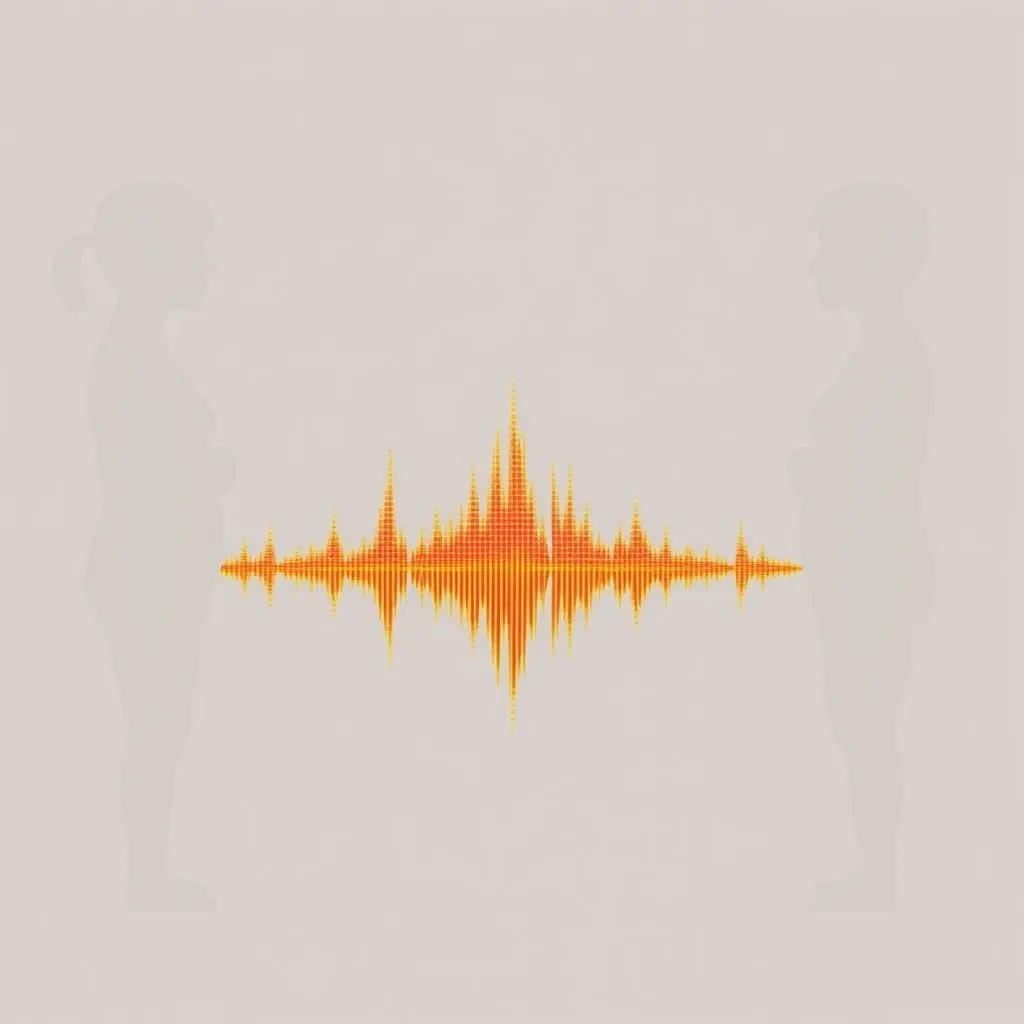
Beyond the Effect: Modern Applications and Continued Evolution
Despite the controversies, Auto-Tune’s presence in contemporary music is undeniable and multifaceted. While its distinctive effect remains popular, especially in genres like trap and hyperpop, its original purpose as a discreet pitch correction tool endures as a standard in virtually every professional recording studio. Engineers routinely use it to subtly perfect vocal takes, ensuring a polished, radio-ready sound without drawing attention to the processing.
The software itself has evolved significantly since its inception. Modern versions offer more sophisticated algorithms, real-time processing capabilities for live performances, and various modes that allow producers to achieve anything from transparent correction to the most aggressive “robot voice” effect. Competitors like Celemony’s Melodyne have also emerged, offering different approaches to pitch and time manipulation, often praised for their more natural-sounding results.
Today, Auto-Tune is less a singular phenomenon and more a ubiquitous component of the music production toolkit. It enables flawless vocal performances in studio recordings, helps artists stay on key during demanding live shows, and continues to inspire new vocal aesthetics. Its influence permeates pop charts, movie soundtracks, and even commercial jingles, proving its enduring utility and adaptability.
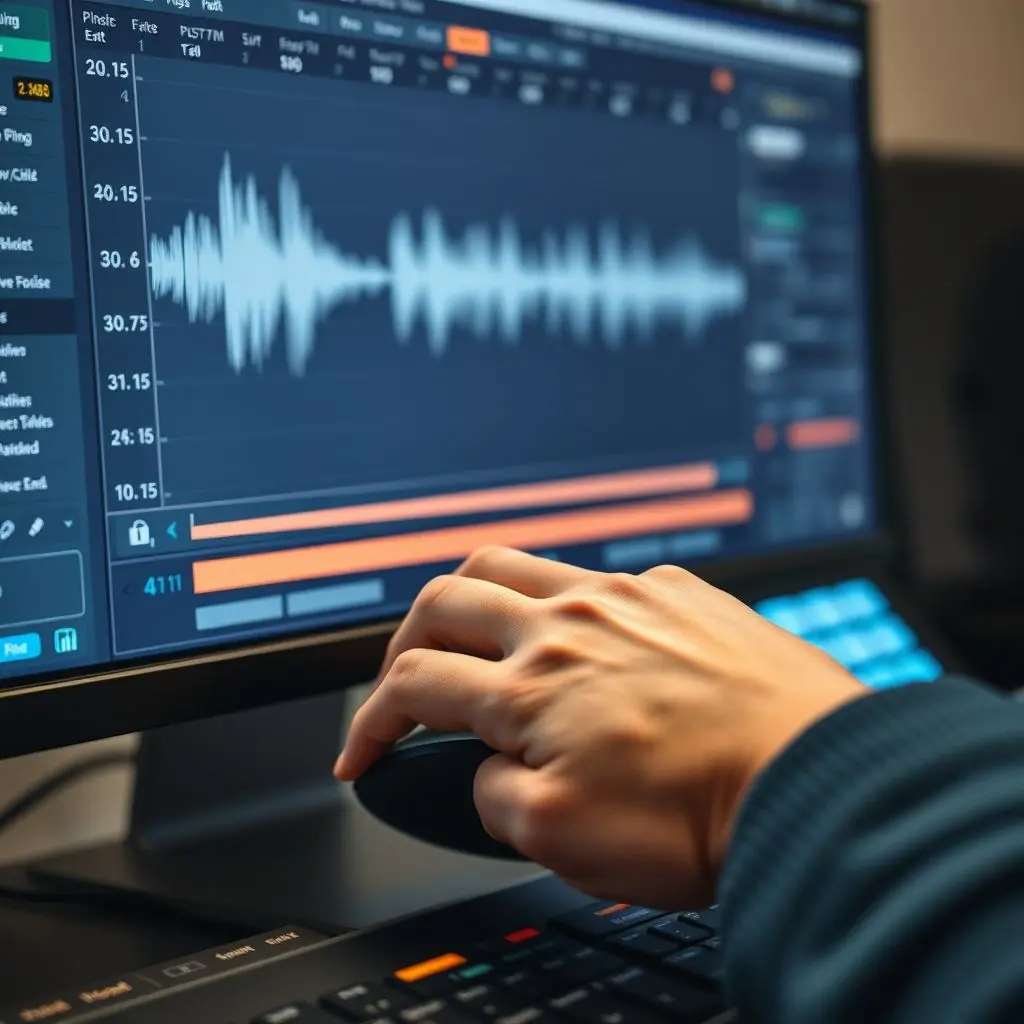
Frequently Asked Questions (FAQs) About Auto-Tune
What exactly is Auto-Tune?
Auto-Tune is an audio processor designed by Antares Audio Technologies that corrects off-key inaccuracies in vocals and other melodic instruments. It can either subtly nudge notes to the nearest true pitch or be used as a deliberate effect to create a robotic, digitized vocal sound.
Who invented Auto-Tune?
Auto-Tune was invented by Dr. Andy Hildebrand, a former geophysicist, and first released by his company, Antares Audio Technologies, in 1997.
When was Auto-Tune first widely used as an effect?
While released in 1997, its deliberate use as a distinct vocal effect gained widespread global attention with Cher’s hit song “Believe,” released in 1998.
Does Auto-Tune make bad singers sound good?
Auto-Tune can certainly improve the pitch of a less-than-perfect vocalist, making them sound more in tune. However, it cannot fix issues like poor rhythm, breath control, or vocal tone. While it can ‘correct’ a pitch, it won’t magically make a poor singer a ‘good’ one; it largely depends on the extent of application and the original performance.
Is Auto-Tune still used today?
Absolutely. Auto-Tune is a ubiquitous tool in modern music production, used for both transparent pitch correction in nearly every genre and as a deliberate artistic effect, particularly prominent in hip-hop, R&B, and pop music.
The Enduring Legacy of Auto-Tune
From its humble beginnings as a discreet tool for sonic perfection, Auto-Tune has traversed a fascinating and often controversial path to become an undeniable force in music. It didn’t just fix pitches; it sparked a revolution in vocal aesthetics, empowered new artistic expressions, and ignited fervent debates about authenticity versus innovation. Artists like T-Pain embraced its artifacts as a foundational vocal texture, heavily influencing genres from R&B and Hip-Hop to Pop, forever changing what we expect from a vocal performance.
Far from being a fleeting fad, Auto-Tune has continuously evolved, adapting to new musical styles and technological advancements. Whether subtly refining a performance or boldly crafting a new sonic identity, its impact resonates throughout the modern soundscape. It stands as a testament to how technology, when wielded creatively, can push the boundaries of art, transforming a utility into an indispensable instrument that continues to shape the sounds of tomorrow.

